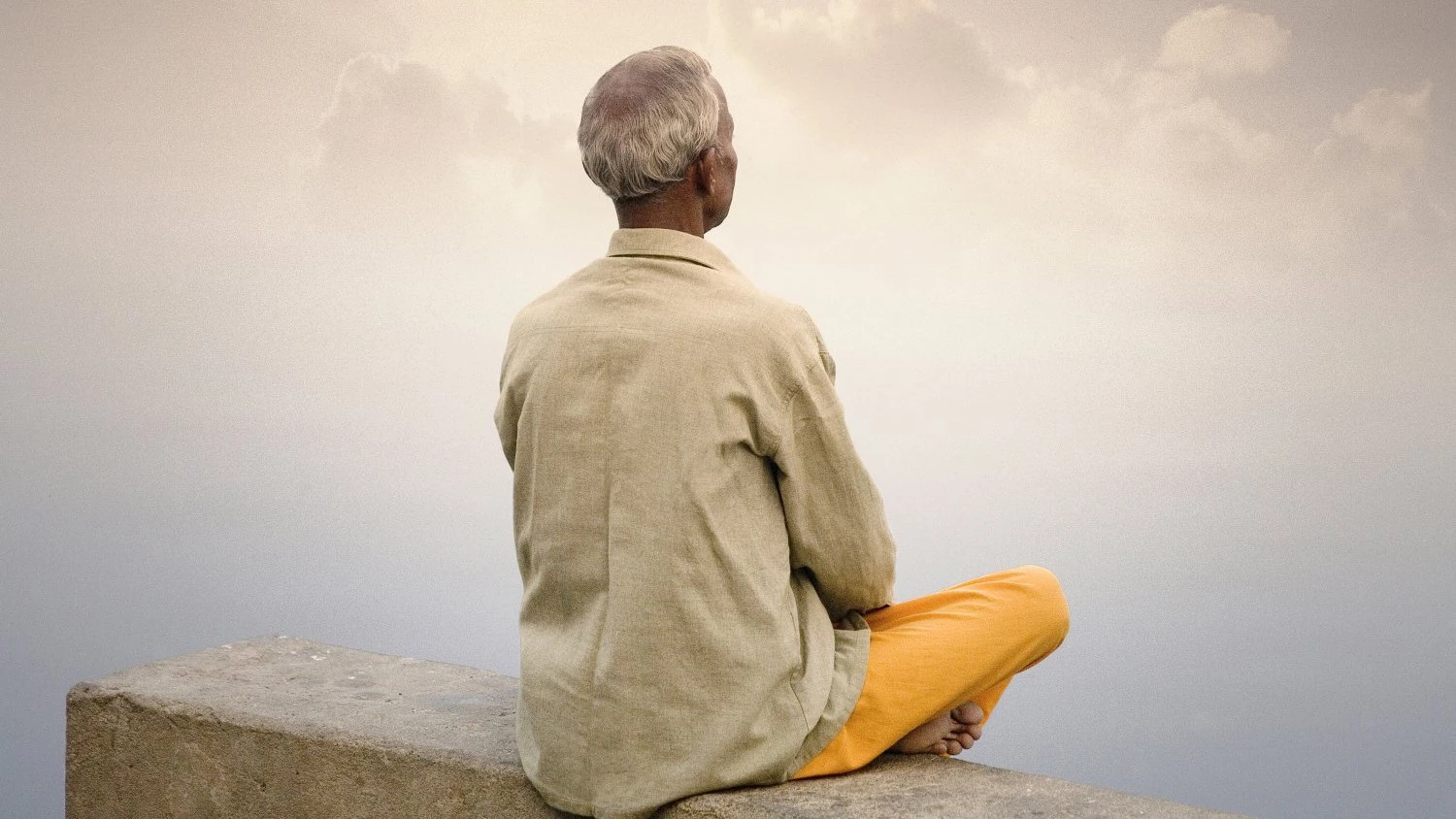Men Are At Risk Osteoporosis: What You Need to Know

If you thought that osteoporosis only affects women, think again. Although women are at greater risk for developing the disease, mounting research suggests that this bone-thinning condition is under-diagnosed in men. According to the Surgeon General, by 2020 half of all American men and women over age 50 will have reduced bone mass.
What is Osteoporosis?
Osteoporosis is a progressive, degenerative condition in which bones lose more mass than they are able to replace. The result is thin and brittle bones that are highly susceptible to fracture, even when performing routine tasks. The overwhelming majority of adults at high risk for osteoporotic fractures are neither identified nor treated, placing them at high risk for life threatening injuries.
Although women are more likely to be evaluated and treated for osteoporosis, men are also at high risk for bone loss. Researchers at the National Osteoporosis Foundation believe that two million American men have osteoporosis, and another 12 million are at risk. This means that it is more likely for a man over the age of 50 to have an osteoporosis-related fracture than prostate cancer.
The focus on osteoporosis for men is particularly meaningful in light of estimates that the number of men above the age of 70 will continue to increase as life expectancy continues to rise.
Men and osteoporosis: Sobering statistics
Bone is constantly changing. Old bone is continuously removed and replaced by new bone. During childhood, more bone is produced than removed, so the skeleton grows in both size and strength. For most people, bone mass peaks during the third decade of life. By this age, men typically have accumulated more bone mass than women. After this point, regardless of gender, the amount of bone in the skeleton typically begins to decline slowly as removal of old bone exceeds formation of new bone.
The reason osteoporosis has been overlooked in men is because men typically have larger and stronger bones than women, and do not experience a rapid decline in bone mass following menopause. By age 65 or 70, however, men and women lose bone mass at the same rate. They also both experience a reduced absorption of calcium, an essential nutrient for bone health throughout life.
The statistics about men and osteoporosis speak volumes:
-
Up to one in four men over age 50 will break a bone due to osteoporosis.
-
Each year, about 80,000 men will break a hip.
-
Men are more likely than women to die within a year after breaking a hip. This is due to problems related to the break.
-
Men can break bones in the spine or break a hip, but this usually happens at a later age than for women.
What is increasingly clear is that men and women share most of the same risk factors for osteoporosis. The greatest risks for the disease include family history, taking steroid medicines, not exercising, smoking, high alcohol consumption, and low estrogen or testosterone levels. That’s why both men and women need to be aware of the factors that precipitate bone loss.
The majority of men with osteoporosis typically have at least one, and sometimes more, secondary causes. The most common causes of secondary osteoporosis in men include exposure to glucocorticoid medications, hypogonadism (low levels of testosterone), alcohol abuse, smoking, gastrointestinal disease, hypercalciuria (excessive urinary calcium excretion) and immobility, according to the NIH report.
Osteoporosis Prevention: Lifestyle change reduces osteoporosis risk
Researchers recommend that both men and women pay close attention to their lifestyle choices to help prevent osteoporosis. High on the list are the following:
-
Quit smoking.
-
Limit your alcohol consumption.
-
Adopt an exercise routine that includes weight-bearing exercise. Yoga counts.
-
Treat any underlying medical conditions that affect bone loss.
-
Maintain an adequate daily intake of calcium (1,200 mg per day after age 50) and vitamin D (400 IU or at least 10 minutes of sunlight daily).
There is some good news for men and women who practice yoga or want to reduce osteoporosis risk: Yoga can help to prevent bone loss and build strong, healthy bones.
